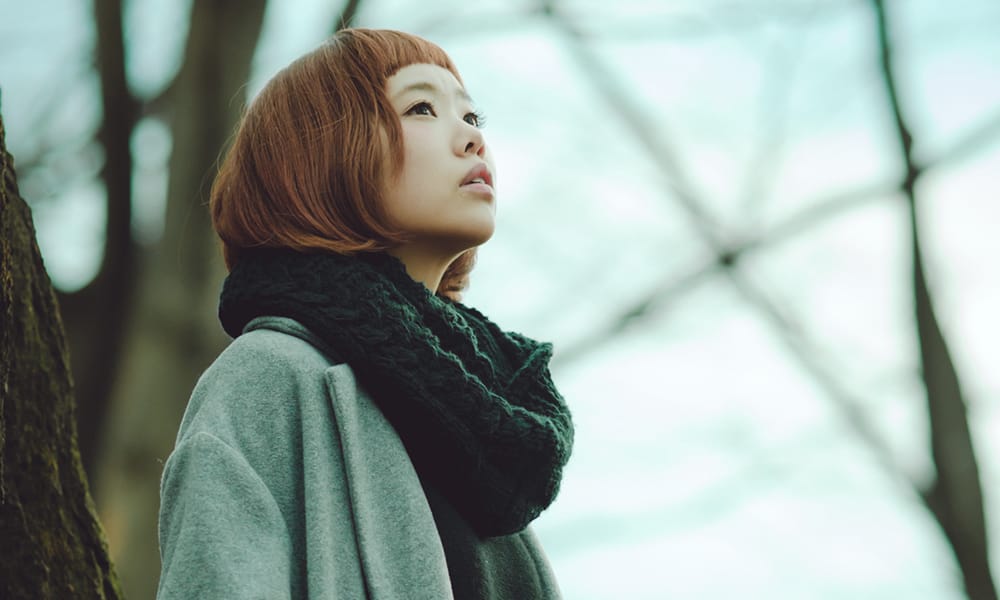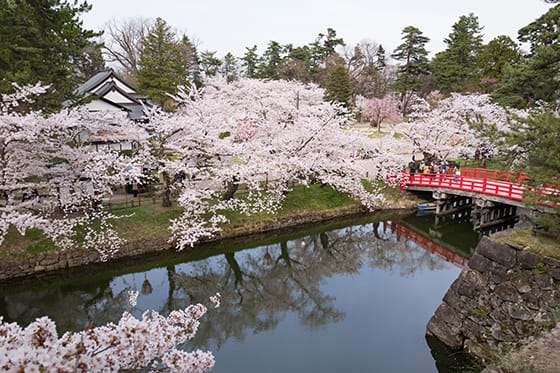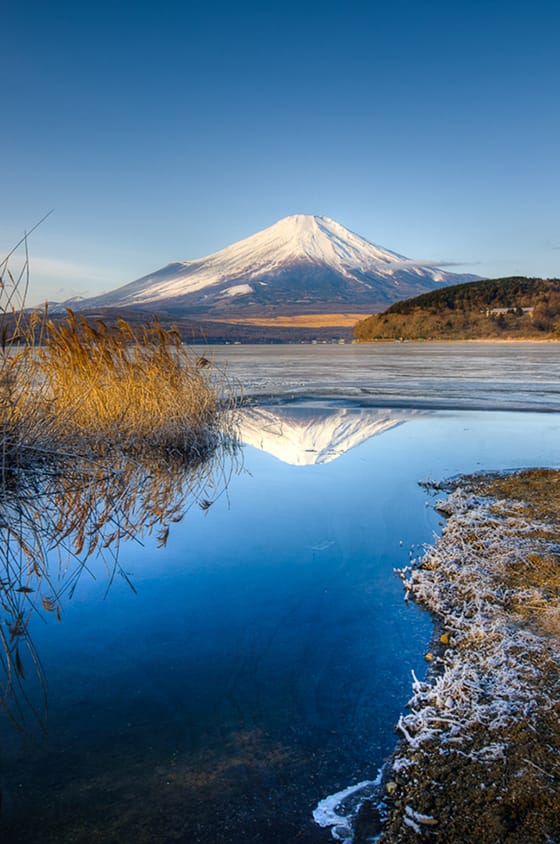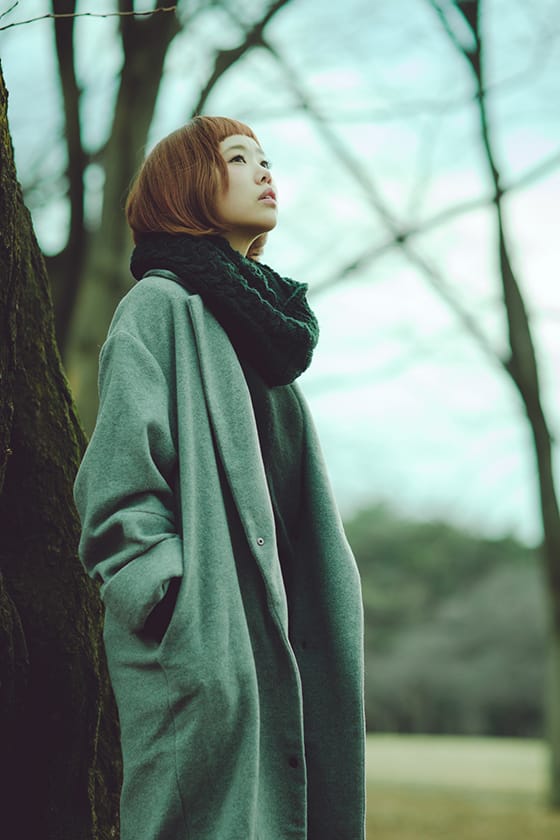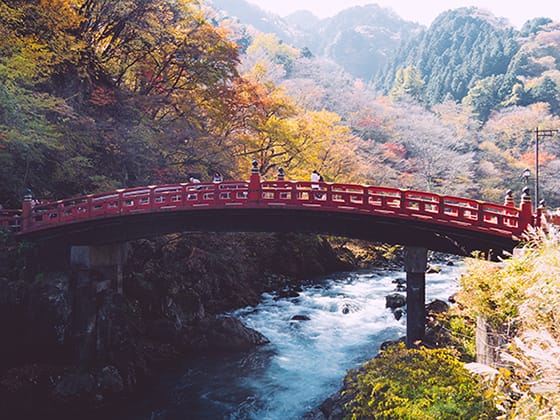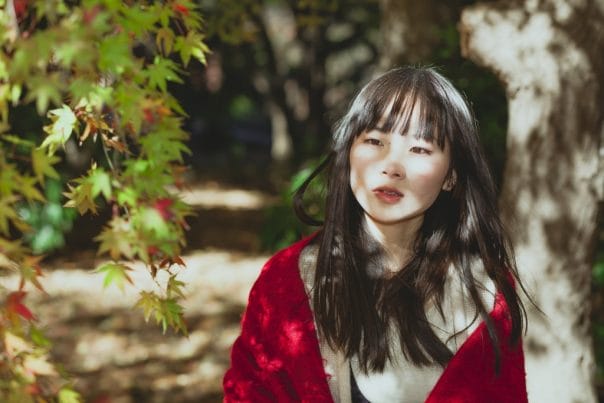Visiting Japan can be enjoyable no matter the season, as it is a country of varying climates and landscapes. Depending on the time of year you plan to visit, Japan offers a wide range of sites and activities from world-famous skiing in the winter months to beautiful pink cherry blossoms in the spring. Known for having a rainy season, there are many sites that are still enjoyable despite the downpour in the spring and humidity in the summer. Each season brings its own unique and distinct climate. Here are some tips for the seasons and not only what to wear, but where to visit based on the seasons.
WINTER (December to February)
Known for having powdery snow, Japan is one of the most popular ski destinations for travellers and locals. The Hokkaido region (north) offers the Japan Alps and receives quite a bit of snow. If you are looking to partake in winter sports, the ski town of Niseko is one of the most popular destinations for world-class skiing. Another site which is popular year-round is Mount Fuji, which looks extra striking when the cone-shaped peak is covered in snow. Mount Fuji, which is actually a volcano, is visible from many vantage points and is not to be missed. Although it is not the season for climbing Mount Fuji, the picturesque peak is even more iconic in the winter months. Joining a tour to Mount Fuji in the winter is a great way to travel to areas like Hakone and enjoy a warming Onsen– Japanese hot springs to stay warm amid the snowy surroundings.
What to Wear in Winter:
- Tokyo tends to get almost no snow, so if you are in the city make sure to bring a winter jacket and warm clothes. If you plan to travel to the northern regions make sure to pack warm layers, boots, mittens and hats.
- Scarves and mittens/gloves are must for walking around in the winter
- It might be a good idea to pack some thermal layers, to keep you extra toasty.
- A common thing used among Japanese are heat pads, referred to as Hokkairo. These are small, one-time use heat pads which can be layered under clothes or inside gloves.
SPRING (March to May)
One of the most popular times of year to travel to Japan is in the spring given the temperate and mild weather and the spring season coincides with the cherry blossom forecast. Although it can be rainy in the spring, the weather is quite comfortable for sightseeing, walking around and enjoying various parts of Japan. One particular highlight in the spring is the Fuji Shibazakura Festival when the pink flowers known as shibazakura flowers are in the bloom and cover the area near the lake region, creating a pink carpet of flowers overlooking a view of Mount Fuji. This is also a wonderful time to visit Kyoto and admire the Shinto Shrines and Buddhist Temples, and of course, the cherry blossoms.
What to Wear in Spring:
- Expect the rain, it is good to pack an umbrella and rain jacket or waterproof shell
- Pack shoes that can get wet and that are comfortable for walking
- The days can be warm, so packing layers and a sweater for cooler evenings is a good idea
SUMMER (June to August)
The summer months in Japan can get hot and humid. Although June tends to be a continuation of the rainy season carried over from the spring, it also warms up quickly. Due to the extreme humidity, it is not always easy to spend the days walking around the city but it is a popular time for festivals and fireworks. All throughout the summer months, streets are often filled with parades, parties and of course, the fireworks. The Kyoto Gion Festival is one of the most popular and travelling to Hokkaido in the summer months is vastly different than in the winter where you will find lavender fields and slightly cooler temperatures from Tokyo.
What to Wear in Summer:
- The temperatures can reach upwards of 40°C (104 F) and the humidity is very high so be sure to pack clothing that is light and comfortable
- Pick fabrics that dry quickly like cotton and linen
- Be sure to pack sunscreen and sun hats – sun umbrellas are also popular in Japan
AUTUMN (September to November)
In the fall, the temperature is still comfortable but much cooler than the summer. Likewise, the humidity is less than in summer and the air is still warm and comfortable. Although the weather in autumn can be somewhat unpredictable it is a very beautiful time of year to travel in Japan as the trees change color and the bright autumn colors fill the country. The vibrant fall colors can be seen in Nikko, found outside Tokyo where you will find shrines, temples and a national park filled with the changing trees. The Fuji Five Lakes region is also a beautiful place to admire the colors of the season.
What to Wear in Autumn:
- Packing layers is helpful for the unpredictable weather in the autumn months
- Sweaters and Jackets are necessary
- A hat and gloves can also come in handy for the autumn months depending on which time you are traveling.
- Also, check out our guide on What to Wear in Japan in November
Dress like the locals: Layer it up with loose fitting, natural fibres. (Photo takasuii)
For more awesome tips on what to pack for your vacation, see your article: What To Wear In Japan
